What is MLOps?
Machine Learning Operations (MLOps) has become an essential field in artificial intelligence and machine learning. MLOps combines machine learning application development with system deployment and operational management, fostering collaboration between teams.
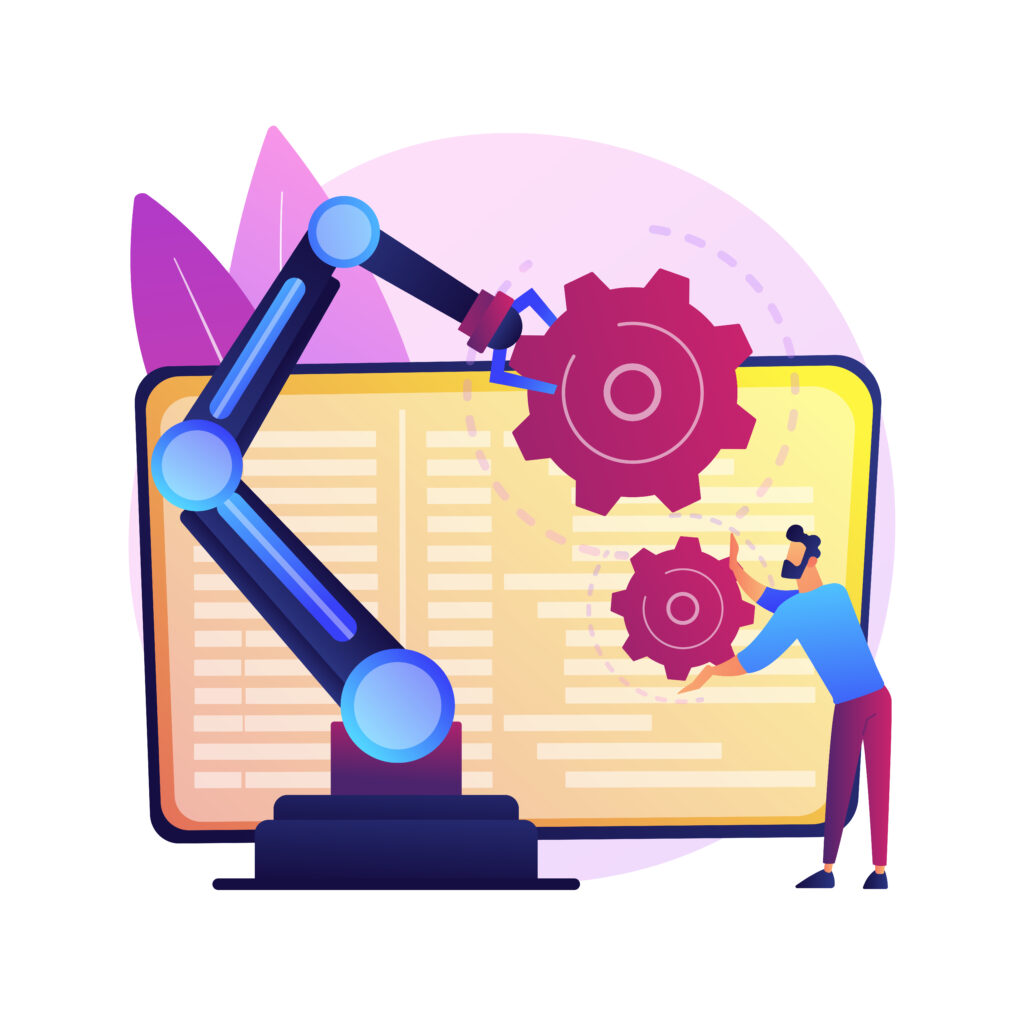
Fundamentally, MLOps streamlines and automates machine learning workflows, making it easier to manage the AI lifecycle. By applying DevOps principles specifically to ML projects, MLOps addresses the distinct challenges associated with ML pipeline automation, model deployment, and system integration.
The Growing Importance of MLOps
The role of Machine Learning Operations (MLOps) in transforming the machine learning landscape is undeniable. By 2024, it’s projected that 60% of enterprises will leverage MLOps tools to streamline their machine learning pipelines. This rapid adoption is fueled by the need to:
- Boost Productivity: Automate repetitive tasks in the AI lifecycle
- Enhance Collaboration: Bridge gaps between data science and IT operations
- Ensure Scalability: Efficiently manage and monitor large-scale ML pipelines
1. Productivity Enhancement
- Automation of Repetitive Tasks: MLOps facilitates the automation of complex workflows in machine learning operations, from data preparation to model deployment.
- Minimized Manual Intervention: Teams can reduce hands-on involvement, freeing data scientists to focus on high-value activities like refining ML models.
- AI Lifecycle Management: Streamlined processes ensure efficiency throughout the ML pipeline.
2. Collaboration Optimization
- Breaking Down Silos: MLOps fosters collaboration by uniting data science teams with IT operations, applying DevOps for ML to improve communication.
- Unified Development Approach: Teams work cohesively on model development and deployment, sharing knowledge and strategies seamlessly.
- Cross-Functional Communication: Knowledge sharing across teams becomes a natural part of the workflow.
3. Scalability and Efficiency
- Model Management at Scale: MLOps supports monitoring and managing thousands of models, ensuring consistent performance.
- Standardized Processes: It provides a framework for reproducible and scalable machine learning operations.
- Minimized Failure Risks: With nearly 90% of ML models failing to reach production, MLOps reduces these risks by optimizing deployment strategies.
Key Benefits of MLOps
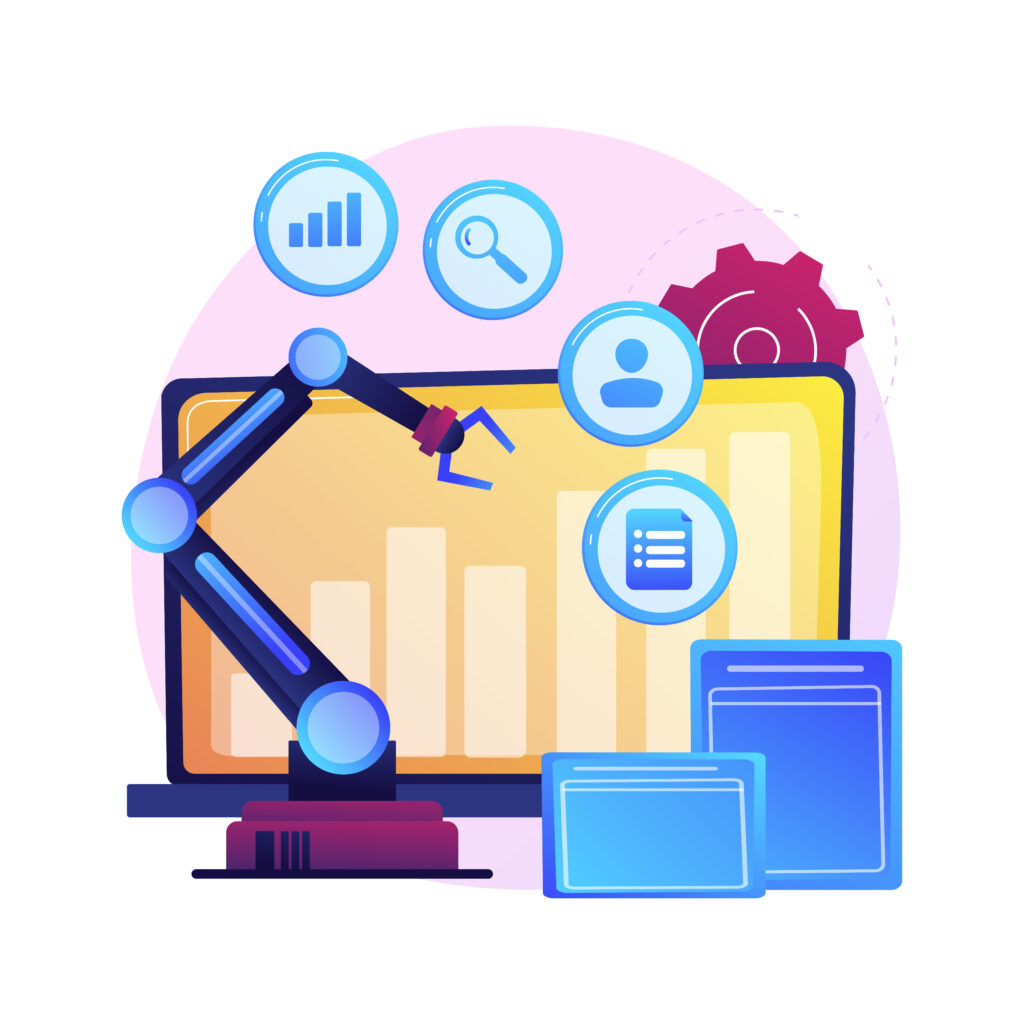
1. Streamlined Workflows
MLOps has redefined how machine learning pipelines operate, providing a structured and efficient framework for end-to-end processes. This transformation is achieved through several key advancements:
- Automation of Repetitive Tasks:
One of the most time-consuming aspects of machine learning is data preparation, including cleaning, transformation, and feature engineering. MLOps leverages automation to handle these repetitive tasks, saving significant time and reducing human error. This allows teams to focus their efforts on higher-value activities like refining models and improving algorithms.
- Reduced Manual Intervention in Model Development:
MLOps integrates advanced tools and technologies that simplify the process of developing and fine-tuning machine learning models. Automated pipelines streamline activities such as hyperparameter tuning, testing, and evaluation, reducing the dependency on manual oversight.
- Accelerated Time-to-Market:
By eliminating bottlenecks in the development lifecycle, MLOps helps organizations bring machine learning products to market faster. This is critical in industries where timely deployment of AI solutions can offer a competitive advantage. Automated workflows ensure that teams can quickly iterate and deploy updates without compromising quality. - Efficient and Reproducible ML Workflows:
MLOps promotes the use of standardized practices, ensuring that workflows are not only efficient but also reproducible. This is particularly important when scaling machine learning operations or onboarding new team members. By creating a consistent process for data ingestion, model training, and deployment, MLOps facilitates scalability while maintaining accuracy and reliability.
2. Enhanced Collaboration
MLOps plays a pivotal role in fostering collaboration within organizations, bridging gaps between traditionally siloed teams such as data scientists, IT operations, and business stakeholders. By integrating machine learning workflows with operational processes, MLOps enables seamless communication and promotes a shared understanding of objectives across departments.
- Breaking Down Silos:
Traditionally, data scientists and IT operations teams have operated in isolation, often leading to misaligned priorities and inefficiencies. MLOps eliminates these barriers by creating a unified framework that encourages cross-functional engagement. This fosters a culture of cooperation, ensuring that all teams work toward common goals.
- Seamless Communication:
MLOps introduces tools and platforms that facilitate transparent and efficient communication between teams. By aligning workflows and providing clear channels for feedback, it ensures that every team member understands their role in the machine learning lifecycle.
- Unified Workflows:
A central feature of MLOps is its ability to unify workflows across diverse professional domains. This alignment streamlines processes, reduces redundancies, and enhances overall productivity, enabling organizations to scale their operations more effectively.
- Interdisciplinary Collaboration:
By promoting a collaborative approach, MLOps encourages knowledge sharing and innovative problem-solving. Teams can leverage each other’s expertise, resulting in more robust machine learning models and successful deployments.
3. Optimized Productivity
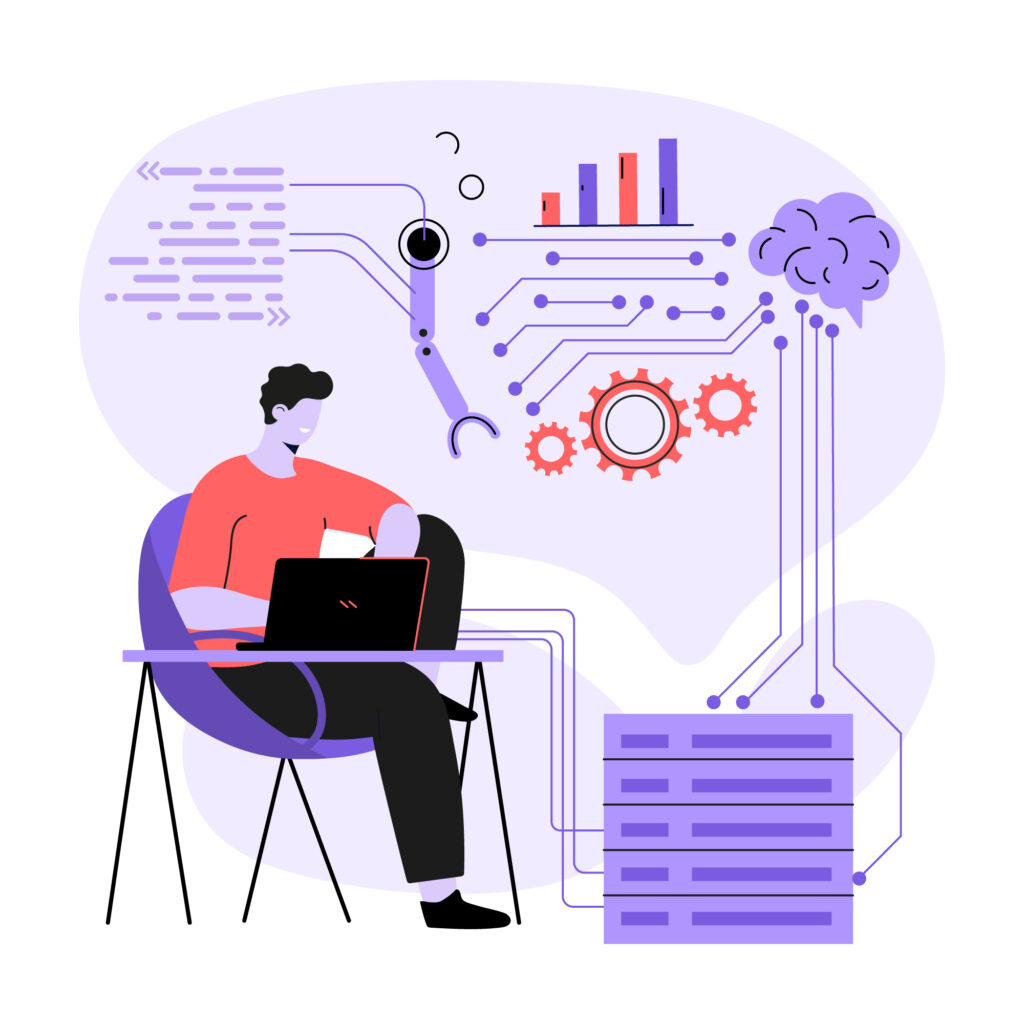
MLOps tools are transformative in enhancing productivity across the machine learning lifecycle. By streamlining repetitive tasks and creating efficient workflows, MLOps empowers teams to focus on more impactful work, driving both innovation and operational success.
- Automation of Routine Tasks:
A significant portion of the machine learning lifecycle involves time-consuming tasks like data preprocessing, feature engineering, model validation, and deployment. MLOps automates these processes, reducing the need for manual intervention. This automation accelerates workflows, freeing up valuable time for team members to focus on innovation.
- Focus on Strategic Initiatives:
With routine tasks automated, data scientists and machine learning engineers can redirect their attention to high-value activities such as designing advanced models, experimenting with new algorithms, and addressing complex business challenges. This shift enhances the overall quality of outputs and fosters creativity in problem-solving.
- Reduction in Data Preparation Efforts:
Data preparation, often cited as one of the most labor-intensive steps in the ML pipeline, is significantly streamlined by MLOps. By automating this stage, organizations can cut manual efforts by up to 50%, enabling quicker
iteration cycles and faster model readiness. - Standardization of ML Processes:
MLOps ensures that complex machine learning processes are standardized, reducing variability and errors. This standardization creates a predictable and efficient framework, making it easier to scale operations and onboard new team members.
4. Accelerated Deployment

MLOps plays a crucial role in speeding up the deployment of machine learning models, transforming ideas into functional products with minimal delays. By leveraging automation and streamlined workflows, MLOps ensures rapid delivery of ML solutions while maintaining high quality and reliability.
- Rapid Development and Integration:
MLOps accelerates the creation and integration of machine learning models by automating critical tasks like model testing, validation, and deployment. This reduces development cycles and allows teams to quickly adapt to evolving business requirements. - Streamlined Iteration Cycles:
Continuous improvement is at the heart of machine learning. MLOps facilitates efficient iteration cycles by providing tools for version control, model tracking, and feedback integration. Teams can test, refine, and redeploy models faster, ensuring that updates meet performance expectations without introducing delays.
- Automated Pipelines:
Automated pipelines are a cornerstone of MLOps, simplifying the deployment process by eliminating manual steps. These pipelines enable seamless transitions from development to production, ensuring that models are deployed consistently and accurately.
- Reduced Turnaround Time:
MLOps minimizes the time required to move models from concept to production, enabling organizations to respond swiftly to market demands. Faster deployment ensures that businesses can capitalize on opportunities, stay ahead of competitors, and deliver value to customers promptly.
5. Improved Cost Efficiency
MLOps is instrumental in driving cost efficiency across the machine learning lifecycle. By automating processes, reducing errors, and optimizing resource usage, it helps organizations achieve substantial savings while improving operational performance.
- Reduced Manual Efforts in Model Management:
MLOps eliminates the need for extensive manual oversight in managing machine learning models. Automation streamlines tasks such as model versioning, deployment, and monitoring, allowing teams to focus on more strategic objectives. This reduction in manual efforts translates to significant cost savings in labor and time.
- Minimized Development and Operational Errors:
Errors during model development or deployment can be costly, leading to wasted resources and delayed project timelines. MLOps incorporates automated testing and validation processes that identify and resolve issues early, reducing the likelihood of expensive mistakes.
- Optimized Resource Allocation:
MLOps ensures that resources—both human and computational—are used efficiently. By automating routine tasks and streamlining workflows, teams can allocate their efforts to high-impact activities. Similarly, automated scaling adjusts computational resources to meet demand, reducing wastage.
- Efficient Infrastructure Utilization:
Machine learning operations often require significant infrastructure investment. MLOps optimizes the use of these resources by managing workloads, prioritizing tasks, and ensuring that computational power is neither underutilized nor overburdened.
6. Enhanced Model Reliability

MLOps is essential for maintaining the reliability and performance of machine learning models in production. By implementing robust monitoring and testing mechanisms, it ensures that models deliver consistent, high-quality results over time, even as conditions change.
- Continuous Model Monitoring:
MLOps provides tools for ongoing observation of machine learning models, tracking metrics such as accuracy, latency, and resource utilization. This real-time monitoring allows teams to identify and address potential issues before they impact performance, ensuring uninterrupted operation.
- Automated Performance Testing:
Automated testing is a core feature of MLOps, enabling frequent and rigorous evaluation of model behavior. This testing ensures that models perform as expected under various scenarios, reducing the risk of failures in production environments.
- Proactive Drift Detection:
Over time, machine learning models can experience “drift,” where their predictions become less accurate due to changes in data patterns. MLOps includes drift detection mechanisms that identify these shifts early, prompting timely retraining or adjustments to maintain accuracy and reliability.
- Consistent High-Quality Insights:
By continuously monitoring and optimizing model performance, MLOps ensures the delivery of reliable predictive insights. This consistency builds trust in machine learning applications and supports data-driven decision-making.
7. Scalability and Strategic Growth
MLOps empowers organizations to scale their machine learning capabilities effectively while supporting long-term strategic growth. By streamlining model management, adapting infrastructure, and fostering data-driven decision-making, it ensures that businesses remain agile and competitive.
- Efficient Management of Numerous Models:
Scaling machine learning operations often involves managing a growing number of models in production. MLOps provides centralized tools and automated processes to handle thousands of models seamlessly, ensuring they operate efficiently without compromising performance or reliability.
- Flexible Infrastructure Adaptation:
As organizational needs evolve, so do the demands on infrastructure. MLOps facilitates dynamic scaling by integrating with cloud-based or on-premise systems, allowing businesses to expand or contract resources as needed. This adaptability ensures cost-effectiveness and operational efficiency.
- Scalable Solutions Driving Growth:
MLOps enables organizations to develop and deploy scalable machine learning solutions that support growth across various business functions. Whether it’s customer analytics, operational optimization, or product innovation, scalable ML pipelines drive success in multiple domains.
- Enhanced Data-Driven Decision-Making:
By ensuring reliable, scalable, and consistent machine learning outputs, MLOps equips organizations with the insights needed to make informed strategic decisions. These decisions are backed by robust analytics, giving businesses a competitive edge in the marketplace.
Core Components of MLOps

1. Data Management
Data management is a foundational element of MLOps because it ensures that machine learning models are built on high-quality, reliable, and well-organized data. Furthermore, a well-designed strategy for data management involves several critical practices that collectively ensure the integrity and traceability of data throughout the ML lifecycle.
- Data Versioning
Efficient data versioning is essential for tracking and managing various versions of input data. This practice ensures that machine learning experiments can be reproduced accurately, even if data evolves over time. Maintaining a clear record of data lineage helps understand how data has changed over time, which is crucial for transparency and debugging purposes.
- Data Validation
Data validation focuses on automating the process of quality checks to guarantee that data remains consistent and free of errors. Automated validation processes can detect potential anomalies, such as missing values or inconsistencies, before they impact the performance of machine learning models. Additionally, validation ensures that data meets the organization’s established standards, helping avoid issues down the line.
- Feature Engineering
Feature engineering is key to improving model performance. By automating the process of selecting relevant features and developing scalable feature transformation pipelines, MLOps makes it easier to handle large datasets. Furthermore, automating these tasks promotes efficient reuse of features across different models and supports advanced techniques for more complex feature engineering, which enhances model accuracy.
2. Automation with CI/CD
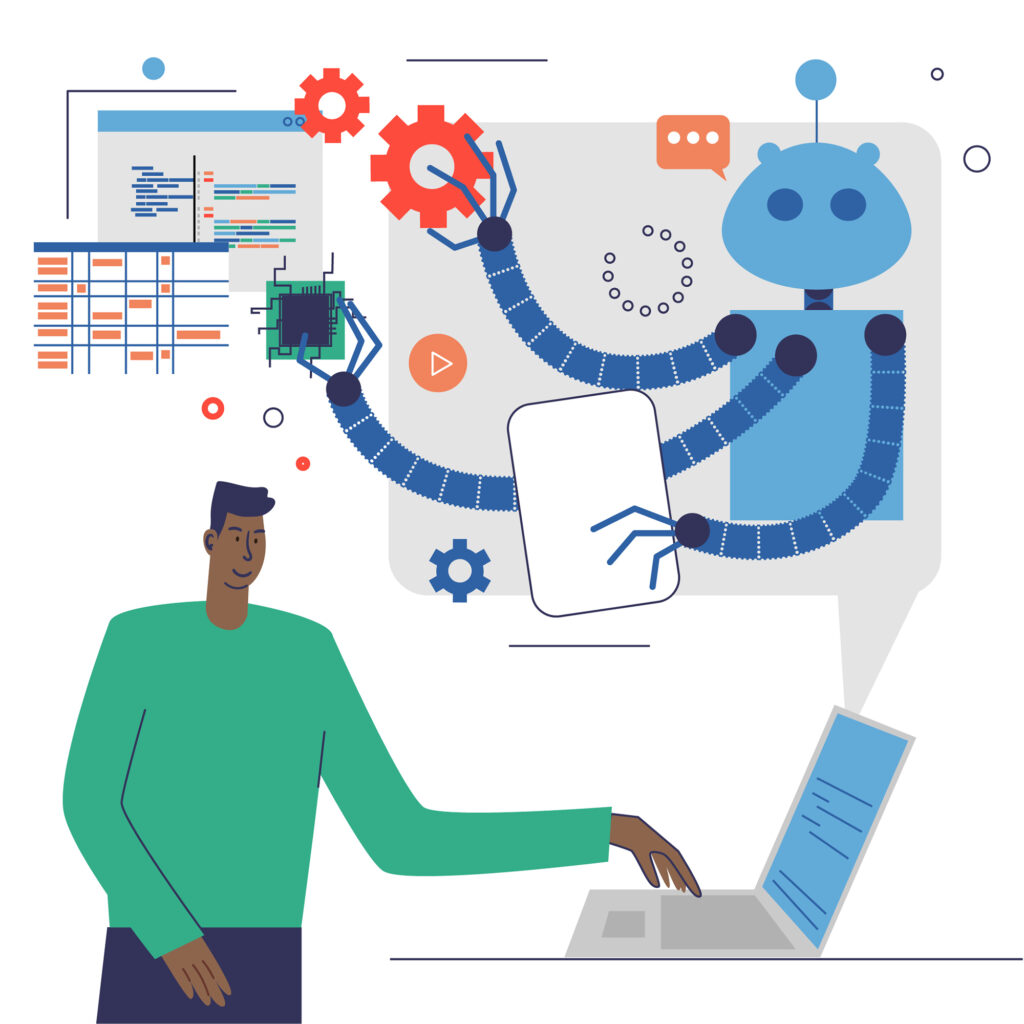
Automation through Continuous Integration and Continuous Deployment (CI/CD) is a key practice in MLOps that streamlines and accelerates the machine learning lifecycle. By automating various stages of model development and deployment, CI/CD ensures that machine learning models are consistently built, tested, and deployed with high quality and minimal human intervention.
- Continuous Integration Strategies
CI ensures that machine learning models are continuously integrated into the development pipeline, where automated training processes are triggered as soon as new code is pushed. This allows for regular testing of the model’s performance and functionality. Standardized testing protocols are implemented to ensure the consistency and quality of the model code, reducing the likelihood of errors during development. By minimizing manual intervention, CI ensures that model development is faster and more efficient while maintaining high quality across the entire codebase.
- Deployment Automation
With deployment automation, model iteration and development are accelerated by creating seamless, repeatable processes for transitioning models from the development phase to production. Automated deployment pipelines eliminate the complexities often associated with manual deployments, ensuring consistency and reducing the risk of errors.
This smooth transition between environments also speeds up the process of releasing new models into production, ultimately improving time-to-market and maintaining stability across all deployed models.
3. Model Monitoring
Model monitoring is an essential component of MLOps, as it ensures that machine learning models maintain optimal performance and adhere to regulatory standards throughout their lifecycle. Moreover, continuous tracking of model effectiveness, performance, and compliance is crucial for delivering reliable and accountable AI-driven solutions.
- Performance Tracking
To ensure that machine learning models are performing as expected, continuous evaluation of their accuracy is essential. Real-time performance metrics provide valuable insights into how well the model is performing, allowing teams to quickly identify any issues or discrepancies. Comprehensive dashboards are created to visualize model performance and monitor key performance indicators (KPIs), which help gauge the effectiveness of the model and guide any necessary improvements.
- Drift Detection
Over time, models may become less effective due to changes in data or environment. Drift detection tools continuously monitor statistical shifts in model predictions to identify when a model’s performance begins to degrade. Automated alerts are set up to notify teams of any performance drop, allowing them to proactively manage the model and ensure it remains reliable and accurate. Early detection of drift ensures that models can be adjusted or retrained to maintain their intended performance levels.
Compliance Checking
Compliance checking ensures that machine learning models adhere to necessary regulatory standards and guidelines. Automated verification tools check models against these standards throughout their lifecycle. Additionally, audit trails are generated for all model decisions, providing transparency in operations and ensuring accountability. This process is critical for maintaining trust and ensuring that models operate within ethical and legal boundaries.
Popular MLOps Tools and Frameworks
1.MLflow

Best Use Cases:
- Organizing and tracking experiments.
- Monitoring the performance of models.
- Managing version control for machine learning projects.
- Scalable for use by both individual data scientists and large organizations.
2. Kubeflow
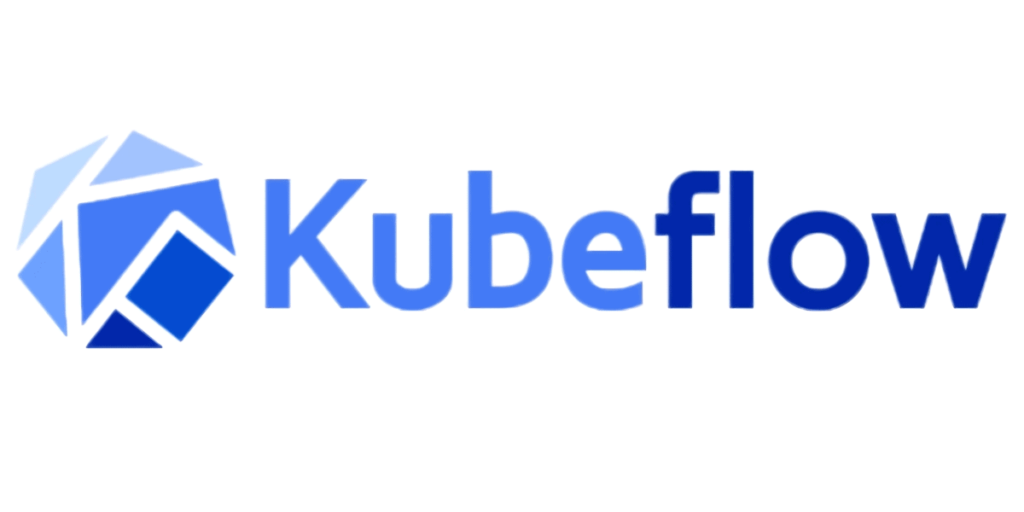
Key Features:
- A Kubernetes-native toolkit for machine learning.
- Comprehensive management of the end-to-end machine learning workflow.
- Supports distributed training and deployment.
- Offers scalable infrastructure for handling large workloads.
Best Use Cases:
- Large-scale machine learning projects.
- Machine learning deployments at the enterprise level.
- Complex workflows that require containerization.
- Environments needing distributed computing and training.
3. TensorFlow Extended (TFX)
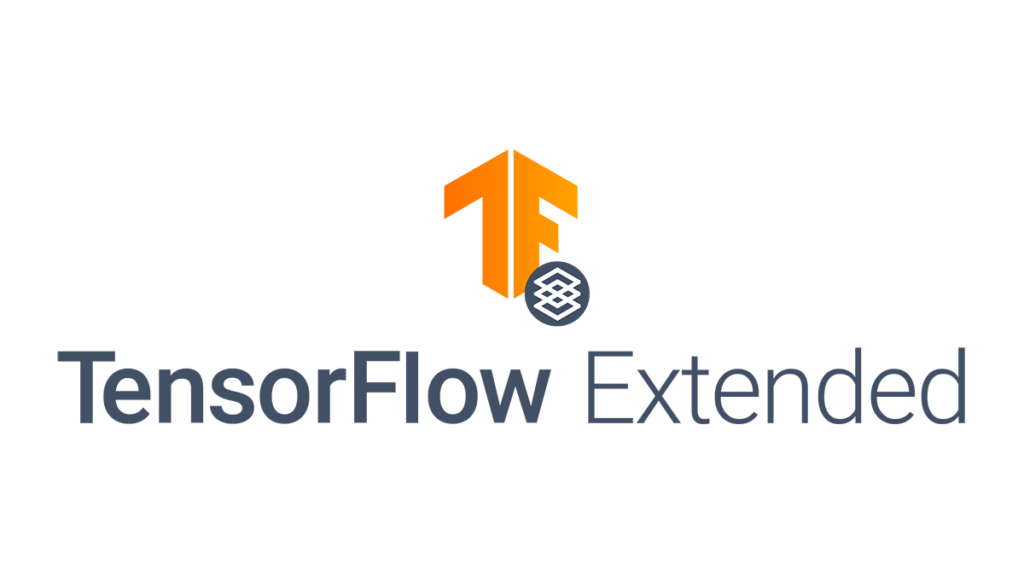
Key Features:
- A platform focused on production-level ML pipelines.
- Deep integration with the TensorFlow ecosystem.
- Full lifecycle management for machine learning models.
- Advanced capabilities for deploying models.
Best Use Cases:
- Machine learning projects utilizing TensorFlow.
- Deploying models at a production scale.
- Managing complex ML pipelines within the TensorFlow framework.
4. Amazon SageMaker
![]()
Key Features:
- A fully managed machine learning platform.
- Equipped with built-in tools for model training and deployment.
- Features automated machine learning capabilities.
- Seamlessly integrates with the AWS ecosystem.
Best Use Cases:
- Developing machine learning models in the cloud.
- Enterprises utilizing AWS infrastructure.
- Rapid prototyping and deployment of machine learning models.
- Scalable machine learning solutions.
5. Azure Machine Learning
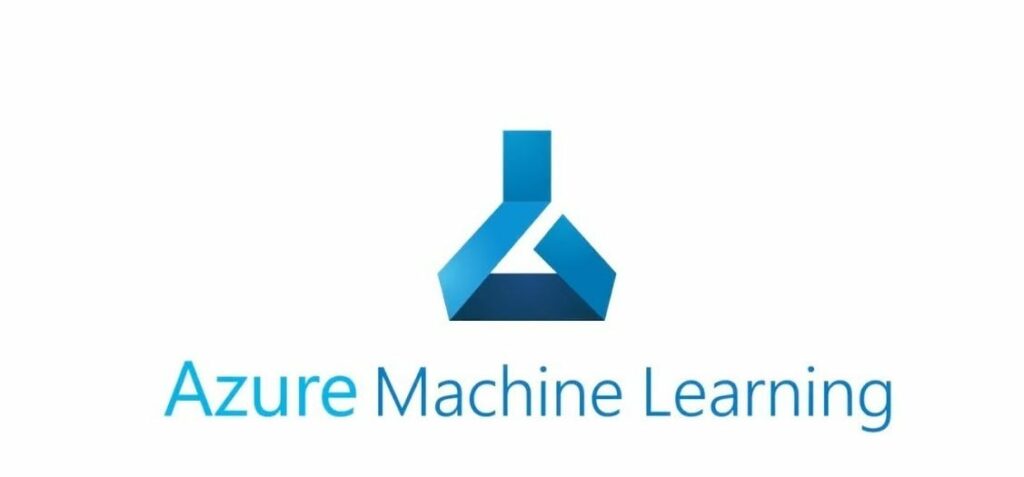
Key Features:
- A comprehensive machine learning platform from Microsoft.
- Includes an integrated development environment (IDE) tailored for ML projects.
- Provides advanced tools for model management.
- Supports hybrid cloud deployments for machine learning solutions.
Best Use Cases:
- Integration within the Microsoft ecosystem.
- Large-scale machine learning projects for enterprises.
- Hybrid cloud deployments for machine learning solutions.
- Managing end-to-end machine learning workflows.
Challenges and Best Practices in MLOps
Common Implementation Challenges
Data Management Challenges
- Data silos that exist across different teams within an organization.
- Inconsistencies in data quality and formats.
- Absence of a centralized storage system for data.
- Complexities in integrating data from multiple diverse sources.+
Model Deployment Challenges
- Difficulty in transitioning machine learning models into production environments.
- Compatibility issues with existing infrastructure.
- Ensuring model accuracy is maintained during the deployment process.
- Managing various environments and dependencies effectively.
Monitoring and Maintenance Challenges
- Reliance on manual tracking of model performance.
- Difficulty in addressing unexpected shifts in data trends.
- Identifying and managing model drift over time.
- Monitoring processes that require significant resource investment.
Collaboration and Communication Barriers
- Prolonged approval timelines within the organization.
- Skill gaps between data science and IT teams that hinder effective collaboration.
- Complex workflows that require coordination across multiple teams.
- Insufficient communication channels, leading to inefficiencies.
Best Practices for Successful MLOps Adoption
Data Governance
- Develop strong data management practices.
- Create a comprehensive framework for data governance.
- Set up centralized data storage systems.
- Define clear access controls and enforce data quality standards.
Automated Infrastructure
- Utilize containerization technologies like Docker and Kubernetes.
- Implement continuous integration and deployment (CI/CD) pipelines for efficient workflow.
- Employ automated monitoring and alerting systems to ensure system health.
- Build scalable and adaptable infrastructure to support machine learning projects.
Model Management
- Establish clear processes for model versioning and updates.
- Automate model retraining to adapt to new data over time.
- Define specific performance metrics to monitor model effectiveness.
- Implement mechanisms for detecting and managing model drift.
Cross-Functional Collaboration
- Encourage open communication between data science and IT teams.
- Clearly define roles and responsibilities to avoid overlaps.
- Develop standardized workflows to streamline collaboration.
- Invest in training and skill development to enhance team capabilities.
Security and Compliance
- Put in place robust security protocols to protect models and data.
- Ensure encryption and data privacy throughout the lifecycle.
- Design ML frameworks with compliance in mind.
- Implement transparent governance processes for model accountability.
Key Recommendations
- Proactively address potential challenges with strategic planning.
- Invest in specialized MLOps tools to enhance workflows.
- Regularly assess and improve machine learning processes.
- Focus on fostering collaboration and standardizing practices across teams.
Future of MLOps: Emerging Trends and Transformative Technologies
AutoMLOps: Comprehensive Automation
Key Characteristics:
- Firstly, it expands beyond traditional model training to automate the entire machine learning lifecycle.
- Additionally, it automates the full ML pipeline, minimizing manual involvement.
- Moreover, it provides end-to-end automation of model training, deployment, and monitoring.
Core Capabilities:
- Firstly, automated model selection processes streamline the workflow.
- Additionally, intelligent feature engineering contributes to improved model accuracy.
- Moreover, hyperparameter optimization plays a key role in enhancing model performance.
- Furthermore, seamless deployment and real-time monitoring ensure smooth operations.
- Finally, pre-built infrastructure components help accelerate execution.
2. Explainable AI (XAI)
Strategic Objectives:
- Firstly, increase the transparency of AI models for better understanding.
- Additionally, improve decision-making by offering interpretable model outputs.
- Moreover, build greater trust in AI systems by providing clear reasoning behind predictions.
Implementation Approaches:
- Firstly, develop machine learning algorithms that are easy to interpret.
- Additionally, utilize visualization techniques to explain model decisions.
- Moreover, implement model-agnostic methods for providing insights into various models.
- Finally, generate human-understandable explanations for complex AI outcomes.
3. Enhanced Scalability
Focus Areas:
- Firstly, efficient management of complex ML ecosystems and workloads.
- Additionally, support for distributed computing environments is crucial to scale ML models.
- Moreover, the development of adaptive infrastructure that adjusts to growing needs is essential.
- Finally, seamless deployment of models at scale ensures no performance loss.
Technological Enablers:
- Firstly, the use of containerization technologies enables flexible deployment.
- Additionally, Kubernetes-based ML platforms provide better orchestration.
- Moreover, cloud-native infrastructure scales effectively with demand.
- Finally, advanced resource management techniques help optimize performance.
4. Emerging Technological Trends:
- Firstly, AI democratization is making machine learning accessible to a broader audience.
- Additionally, serverless ML architectures are helping reduce infrastructure complexity.
- Moreover, automated machine learning pipelines enable faster model deployment.
- Finally, a production-first approach to ML development ensures immediate value from deployment.
5. Future Outlook – Predicted Developments:
- Firstly, increased automation across machine learning workflows aims to reduce manual tasks.
- Additionally, more accessible and user-friendly machine learning tools are expected to benefit various industries.
- Moreover, shorter time-to-market for AI solutions will enable faster innovation.
- Finally, enhanced model performance, reliability, and scalability are anticipated in production environments.
Strategic Recommendations:
- Firstly, invest in AutoMLOps capabilities to automate and streamline operations.
- Additionally, prioritize making models interpretable and explainable for better transparency.
- Moreover, build cross-functional teams to ensure efficient collaboration across disciplines.
- Finally, foster a culture of continuous learning and adaptation to stay ahead in a rapidly evolving landscape.
By using these emerging trends, organizations can improve their efficiency, transparency, and scalability of their ML operations, ultimately improving business value.
[Want to learn more about MLOps and how it can help your business? Click here to reach us.]
Conclusion
MLOps is a game-changer for modern enterprises, helping them streamline and scale their machine learning efforts. By tackling challenges like data management, model deployment, and monitoring, MLOps ensures that machine learning pipelines are efficient, reliable, and ready to meet business needs. Tools like MLflow, Kubeflow, and Amazon SageMaker, combined with practices like automation and strong model management, make the process smoother and more effective.
For businesses seeking expert guidance, Bobcares AI development support services can make a big difference. Their team helps design, deploy, and maintain scalable machine learning models, ensuring smooth integration into workflows while optimizing performance.
As companies continue to use AI to innovate, MLOps becomes even more important. It speeds up the move from prototype to production while keeping models accurate and effective. By adopting MLOps strategies and partnering with trusted experts like Bobcares, businesses can make the most of their data, bring solutions to market faster, and achieve lasting success with AI.





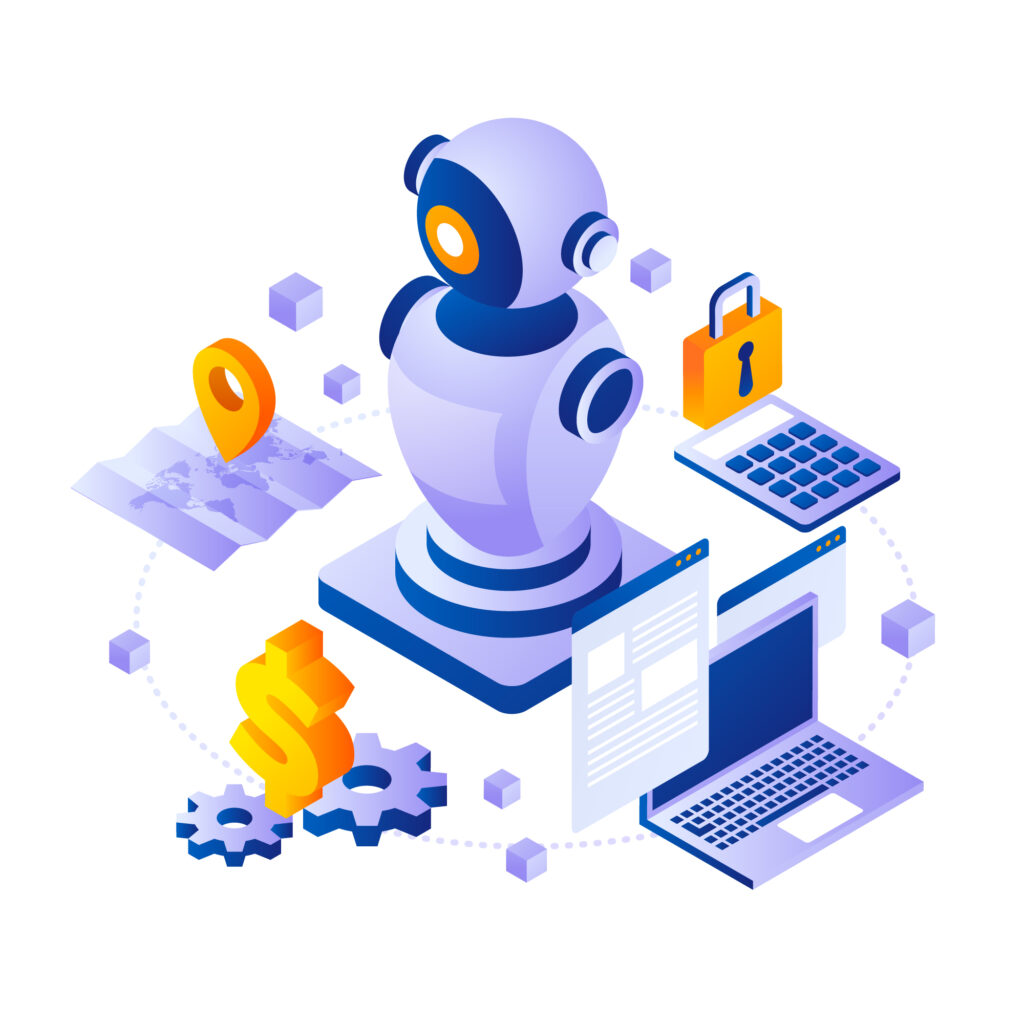


0 Comments